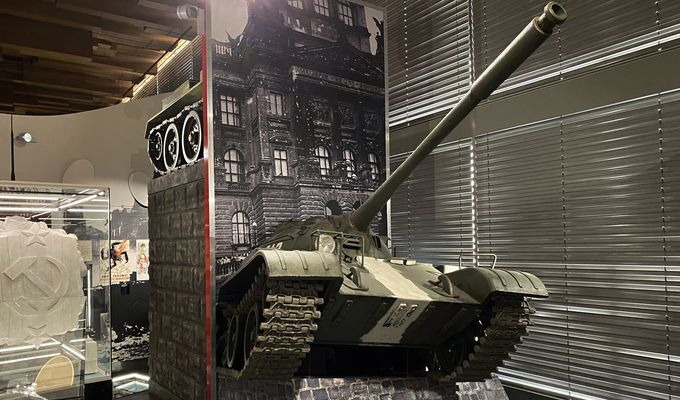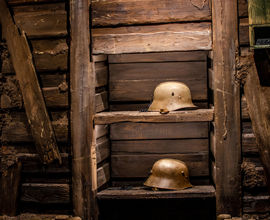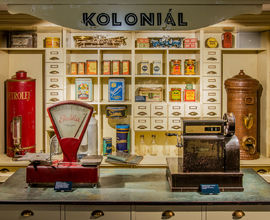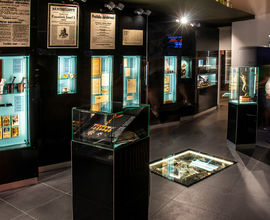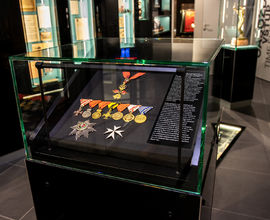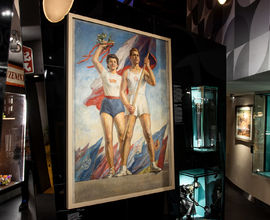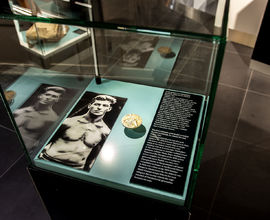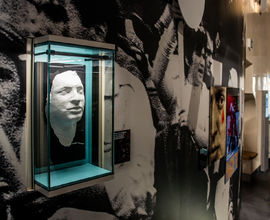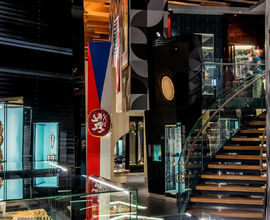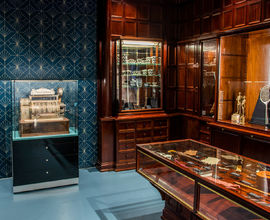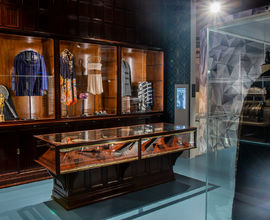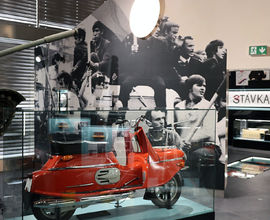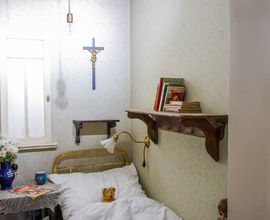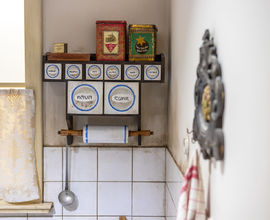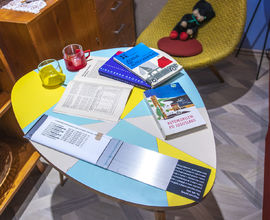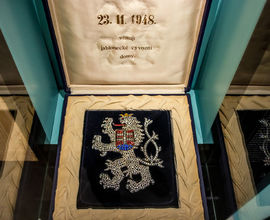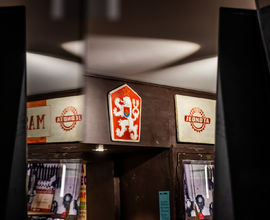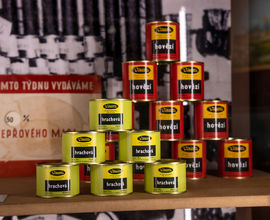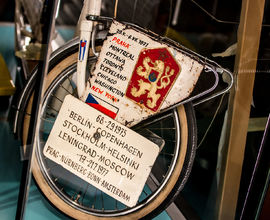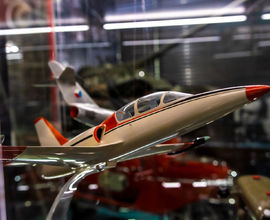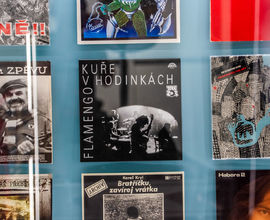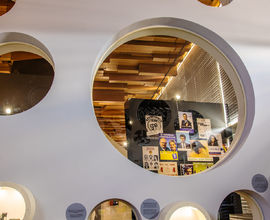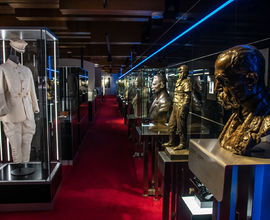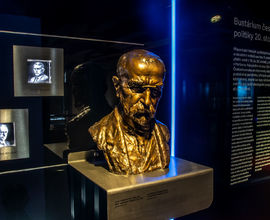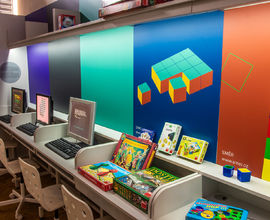This brand-new exhibition in the New Building of the National Museum, exceptional in both its scope and complexity, brings the history of the Czech lands between 1914 and 2004 closer to the visitors on an area of almost 2,000 m2 and using almost 1,000 exhibits. The variety of events and destinies of people is presented in various environments, showing the development of squares and streets, the transformation of work, commercial and cultural spaces as well as the private spaces of apartments with period furnishings. The History of the 20th century exhibition also provides an insight into the changes in Czech and Czechoslovak politics. It represents key figures, as well as fundamental decisions of power that influenced all sections of the population. The exhibition is chronologically divided with emphasis on the historical milestones of 1918, 1945 and 1948.
The scenographically conceived space of this exhibition will thus take you in the trenches of the First World War as well as for a nostalgic walk through several apartments with period furnishings. After browsing through a typical grocery store from the end of the First Czechoslovak Republic, take the stairs to the luxurious interwar tailoring salon Bárta, which was moved to the National Museum from its original location on Národní třída.
The exhibition contains both rare and completely unique exhibits, as well as completely ordinary objects, which still made lives easier for the population, such as the contraceptive pill, the small portable electric oven called remoska or one of the first ice refrigerators. The rarest items include the first Czechoslovak gold Olympic medal from 1924 won by the gymnast Bedřich Šupčík or the original sports suit of President Tomáš Garrigue Masaryk. Among the most expensive items is a collection of 9 orders and decorations, which Archduke Franz Ferdinand of Austria wore on his uniform at the time of his assassination in Sarajevo, on 28 June 1914.
The exhibition brings the past closer not only through authentic exhibits and reconstructions of period interiors of various social classes, it also uses a number of visual and film materials to illustrate the atmosphere as well as interactive elements, games or places that the visitors must discover themselves in the exhibition. Upon entering the exhibition, you can literally travel through the history of the Czech lands in a “time elevator”, a unique surround audiovisual technology that creates the illusion of an elevator travelling through time and introducing key moments of the 20th century.
The exhibition also focuses on political history, including the bust hall. Historical busts from the entire 20th century illustrate the fact that they were created for various reasons – social, political or ideological. Historical busts are complemented by smaller glass portraits, which represent personalities who did not get their own statue or bust, but who stood for important political currents, events or decisions.
For younger visitors, there is a children’s playroom in the exhibition which presents various games and their changes during the 20th century.

